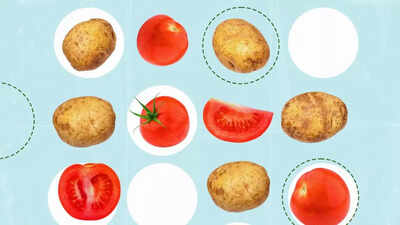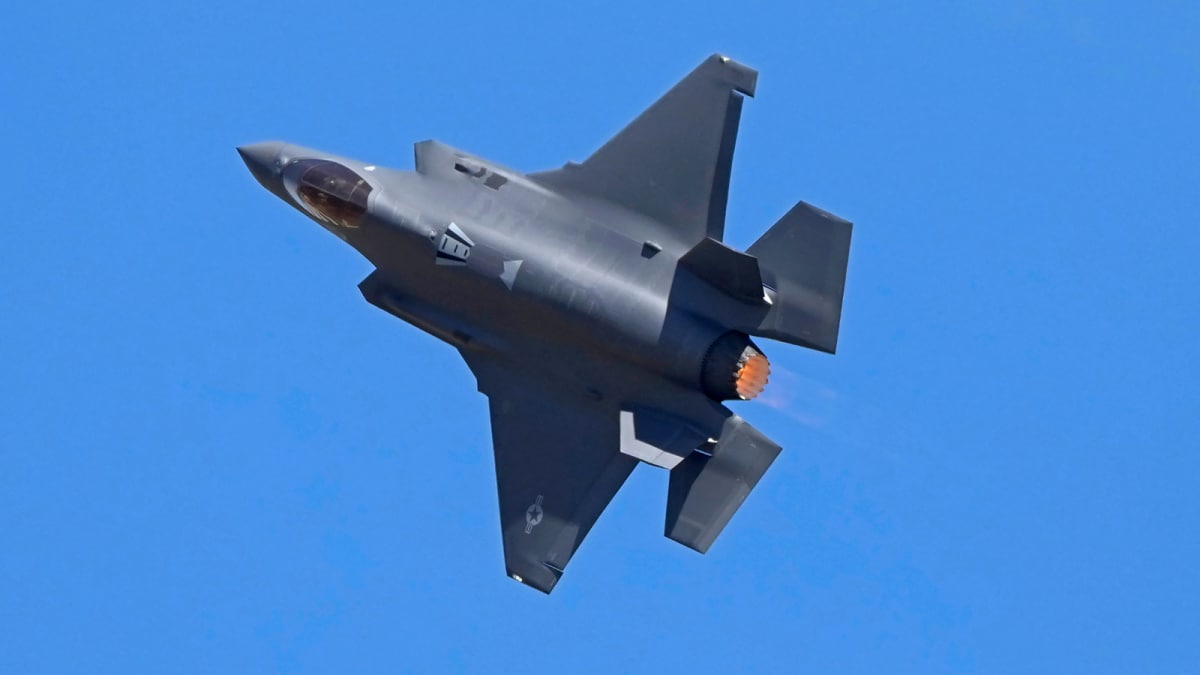ARTICLE AD BOX

Source: The Washington Post
The potato, one of the most widely consumed staple foods globally, was first domesticated about 10,000 years ago in the Andes mountains. Despite its enormous agricultural and economic importance, the potato’s deep evolutionary origin remained uncertain because plants rarely leave strong fossil evidence.
Now, scientists have traced its ancestry back nine million years, discovering that today’s potato is the result of a chance hybridization between an ancient tomato ancestor and a wild, tuberless plant called Etuberosum. This breakthrough explains how potatoes gained their tuber-forming ability, a critical adaptation for surviving harsh climates, and ultimately gave rise to more than 100 wild potato species.
How a tomato like plant crossed with wild species to create the first potatoes
To uncover this origin, researchers analysed 450 potato genomes from both cultivated and wild species. They found that a tomato-like plant crossbred with Etuberosum roughly nine million years ago. Neither parent species produced tubers, but the hybridization combined key genetic traits, enabling underground tuber formation.This evolutionary leap likely occurred during a period of rapid climate change in the Andes, when nutrient storage underground became essential for survival.
That single genetic event set the stage for potatoes to eventually dominate agriculture as a nutrient-rich, high-yield crop.
The secret of potato tubers and how they helped humans survive and thrive
Tubers revolutionised plant survival strategies because they could store nutrients underground, safe from harsh winters, droughts, and pests. Unlike seeds, tubers allowed asexual reproduction, letting plants regrow quickly and spread widely even in short growing seasons.This adaptation gave rise to more than 100 wild potato species, though many remain inedible due to natural toxins.
The edible ones, however, transformed human diets. From ancient Andean farmers to global cuisines today, tubers helped secure a dependable food source and laid the foundation for modern agriculture.
Tomato and potato share genetic roots revealed by tuber genes
The research revealed that potatoes are genetically closer to tomatoes than previously thought. Two critical genes were responsible for tuber development:
- SP6A gene (from tomatoes): triggered the signal for tuber growth.
- IT1 gene (from Etuberosum): controlled underground stem formation.
This combination created the unique tuber-forming potato plant.
As the Andes mountains rose and climates shifted, the potato evolved to thrive in cold, dry, high-altitude regions, ensuring its survival and diversification.
Potato evolution research reveals path to climate resilient crops
Today, potatoes rank as the world’s third most important staple crop, after rice and wheat, feeding billions and contributing to food security worldwide. However, climate change, pests, and emerging diseases pose growing threats.By understanding potato evolution and genetics, scientists can reintroduce ancient traits to modern varieties, improving climate resilience, pest resistance, and breeding efficiency.
Seed-based potato development and the use of wild potato genes could further strengthen the crop’s adaptability, ensuring its continued importance in the face of global agricultural challenges.The potato’s story is one of chance, resilience, and adaptation. From a random hybridization between a tomato ancestor and a wild Etuberosum plant to becoming a global dietary cornerstone, the potato has transformed human history. This new genetic insight not only enriches our understanding of agricultural evolution but also provides a roadmap for creating hardier, more sustainable crops for the future.Also Read | Know why blueberry is considered as the best for lowering cholesterol, according to cardiologists



.png)
.png)
.png)
















 9 hours ago
6
9 hours ago
6









 English (US) ·
English (US) ·